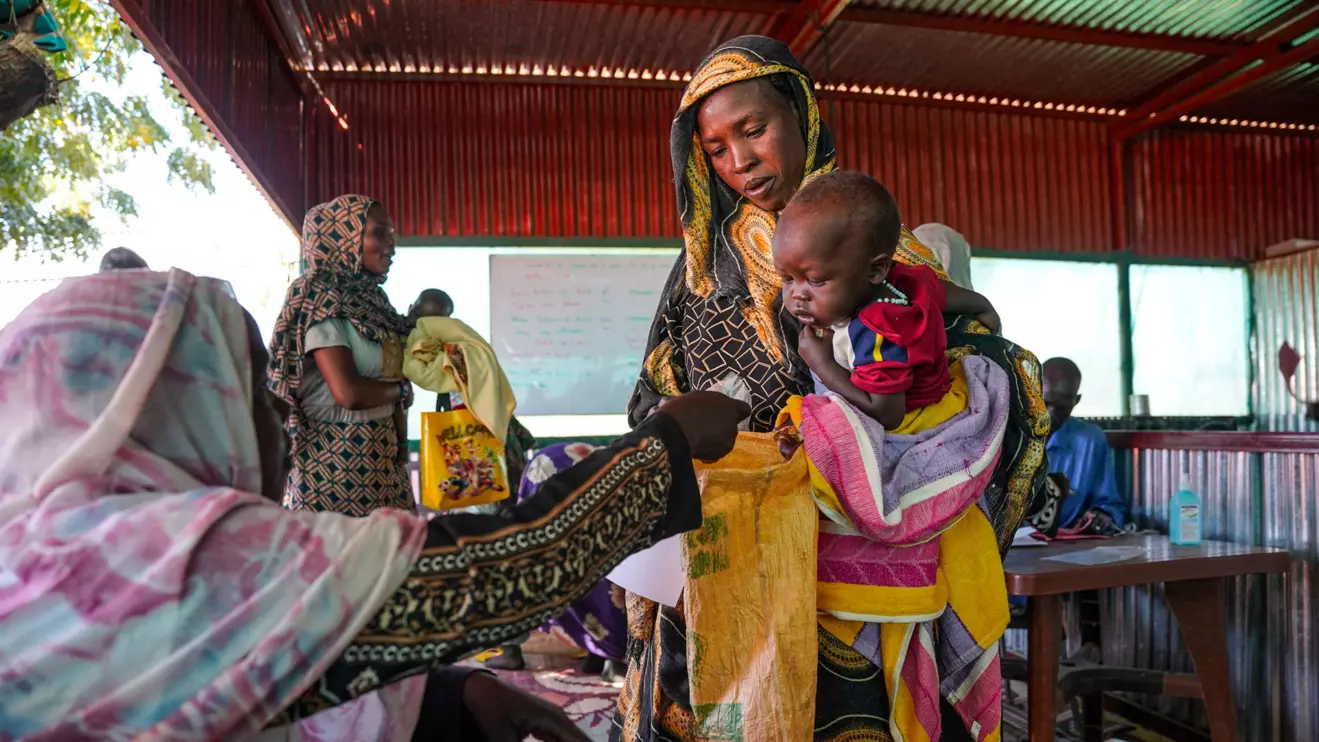There is a realistic chance of famine in 14 areas across Sudan if the war that began in April last year escalates, data from a global hunger monitor showed on Thursday, making it the world's largest hunger crisis, according to the World Food Programme.
The areas are located in the capital Khartoum, the regions of Darfur and Kordofan, and El Gezira state, an update from the Integrated Food Security Phase Classification (IPC) said.
As previously reported by Reuters, some 755,000 people in Sudan face "catastrophe", the most severe level of extreme hunger. In total, 8.5 million people - or 18% of the population - face food shortages that could result in acute malnutrition and death or require emergency coping strategies, the update showed.
War between Sudan's army and the Rapid Support Forces (RSF) erupted more than 14 months ago in the capital, and quickly spread to other parts of the country.
It has triggered ethnically-driven violence in the western region of Darfur, caused the world's biggest internal displacement crisis and split control of the country between the rival camps.
A hunger crisis, which the WFP said on Thursday was the worst in the world, has already pushed some Sudanese to eat leaves and soil. A Reuters report last week included analysis of satellite imagery that showed cemeteries expanding fast as starvation and disease spread.
The IPC is a collaboration that includes U.N. agencies, national governments and aid groups, and produces internationally recognised assessments of food crises.
Its most extreme warning is Phase 5, which has two levels, catastrophe and then famine, if certain thresholds are passed across a specific area.
The IPC said its assessment released on Thursday meant that famine could occur with reasonable probability under a worst-case scenario in the 14 areas.
Those areas include Tuti Island on the Nile and the working class Mayo district of Khartoum, Madani, the trade hub capital of Gezira, and the besieged city of al-Fashir in North Darfur.
It also includes displacement and refugee camps around Nyala, capital of South Darfur, and in West Darfur and South Kordofan. Most of the areas have been controlled or attacked by the RSF.
'STARK AND RAPID'
The IPC said its analysis marked a "stark and rapid deterioration of the food security situation" in Sudan, and recorded the worst levels of hunger it had observed in the country.
The analysis's worst case scenario included the escalation of fighting across the country and the involvement of local militias. Earlier this week, the RSF staged an incursion into Sennar state and took over another state capital.
Famine can be declared if at least 20% of the population in an area suffers catastrophic food shortages, with at least 30% of children acutely malnourished and two people out of every 10,000 dying daily from starvation or malnutrition and disease.
Since the IPC warning system was created 20 years ago, famines have only been declared twice - in parts of Somalia in 2011 and in parts of South Sudan in 2017.
On Wednesday, U.N. experts accused both rival factions of using food as a weapon of war by blocking, looting and exploiting humanitarian assistance. The warring factions have denied impeding aid.
"Foreign governments providing financial and military support to both parties in this conflict are complicit in starvation, crimes against humanity and war crimes," the U.N. experts said in a statement.
They also called on the United Nations and international donors to boost support for local humanitarian networks and volunteers "risking their health and lives and working across battle lines".
"Time is fast running out to prevent famine. For each person we have reached this year, another
By Aidan Lewis and Nafisa Eltahir


